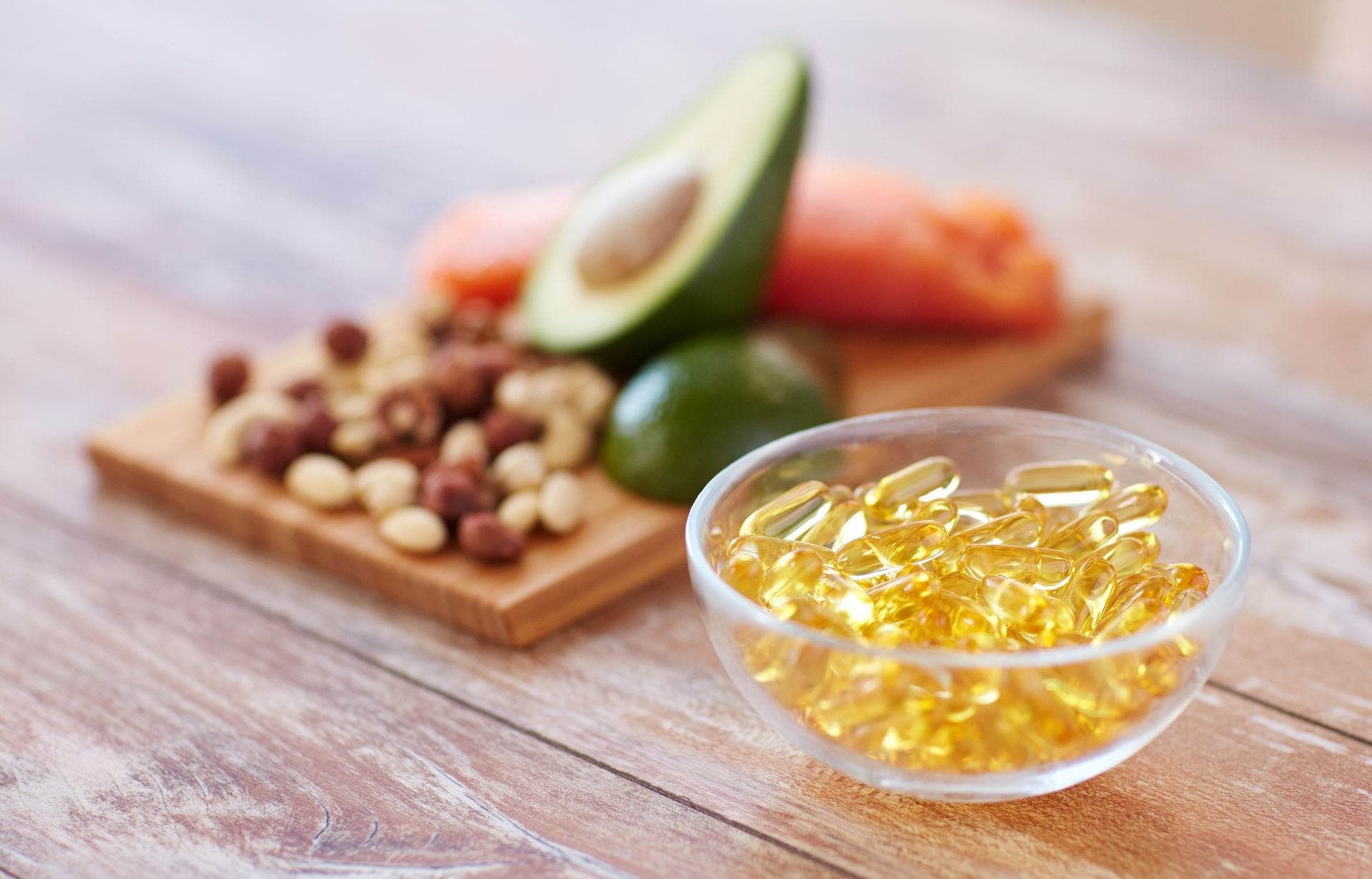Endometriosis is a common chronic inflammation causing major problems including infertility. The role of omega-3 and omega-6 fatty acids as their potential anti-inflammatory effects in endometriosis needs to be further explored. The objective of this study was to compare serum phospholipid fatty acid profile in endometriosis patients with controls, and to explore the correlation of this profile with the severity of the disease.
Methods:
Sixty-four endometriosis patients and 74 control women, in reproductive age, participated in this study. Among the endometriosis patients, 19 cases were in stage I, 27 cases in stage II, 8 cases in stage III, and 10 cases in stage IV. Each patient underwent laparoscopy. Before surgery, 5 ml of blood was obtained. After extraction of the total lipids, serum total phospholipid fraction was isolated by thin layer chromatography. Fatty acid composition of the phospholipid fraction was determined by gas chromatography and the resulted profile was compared in endometriosis patients and controls. The profile was also compared in the endometriosis group based on the severity of disease.
Results:
Stearic acid was significantly lower in the endometriosis group as compared to controls (P= 0.030). No other fatty acid compositions were significantly different between patients and controls. Serum ratio of eicosapentaenoic acid (EPA) to arachidonic acid (AA) was in reasonable correlation with the severity of endometriosis (r = 0.34, P = 0.006).
Conclusion:
According to these findings, levels of fatty acids in serum total phospholipids seem not to be a marker for endometriosis, but the EPA to AA ratio was a relevant factor indicating severity of illness.
——
EPA is hypothesized to reduce disease severity through their anti-inflammatory and immunomodulatory effects [25]. EPA is the most important component of omega-3 and AA, an omega-6 fatty acid and plays an important role in biological systems. AA has a substrate role for production of certain mediators such as PGE2 and leukotriene (LTB4). PGE2 and LTB4 are initiators for endometriosis and pain [24]. On the other hand, EPA plays a role in biosynthesis of LTB5 and PGE3 which have less inflammatory effect compared with PGE2 and LTB4 [24]. EPA is a competitive inhibitor in conversion of AA to LTB4 and PGE2 [26]. Irrespective of study design, our results were in agreement, in part, with the in vitro experiments by Gazvani et al. [20] that showed a high ratio of omega-3 to omega-6 in endometrial cell culture from endometriosis patients induce higher concentrations of IL-8 productions in cell supernatant. IL-8 as a pro-inflammatory and angiogenic cytokine has a significant role in endometriosis [27].






